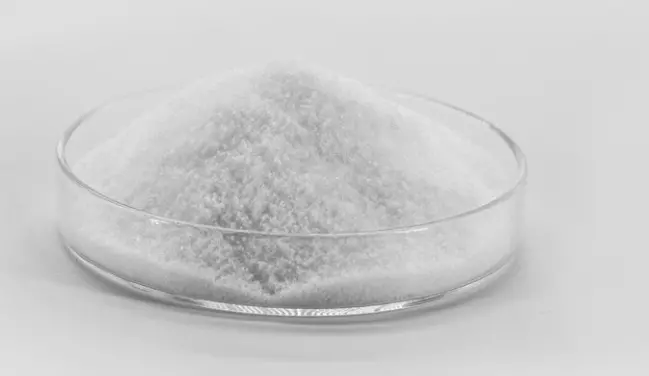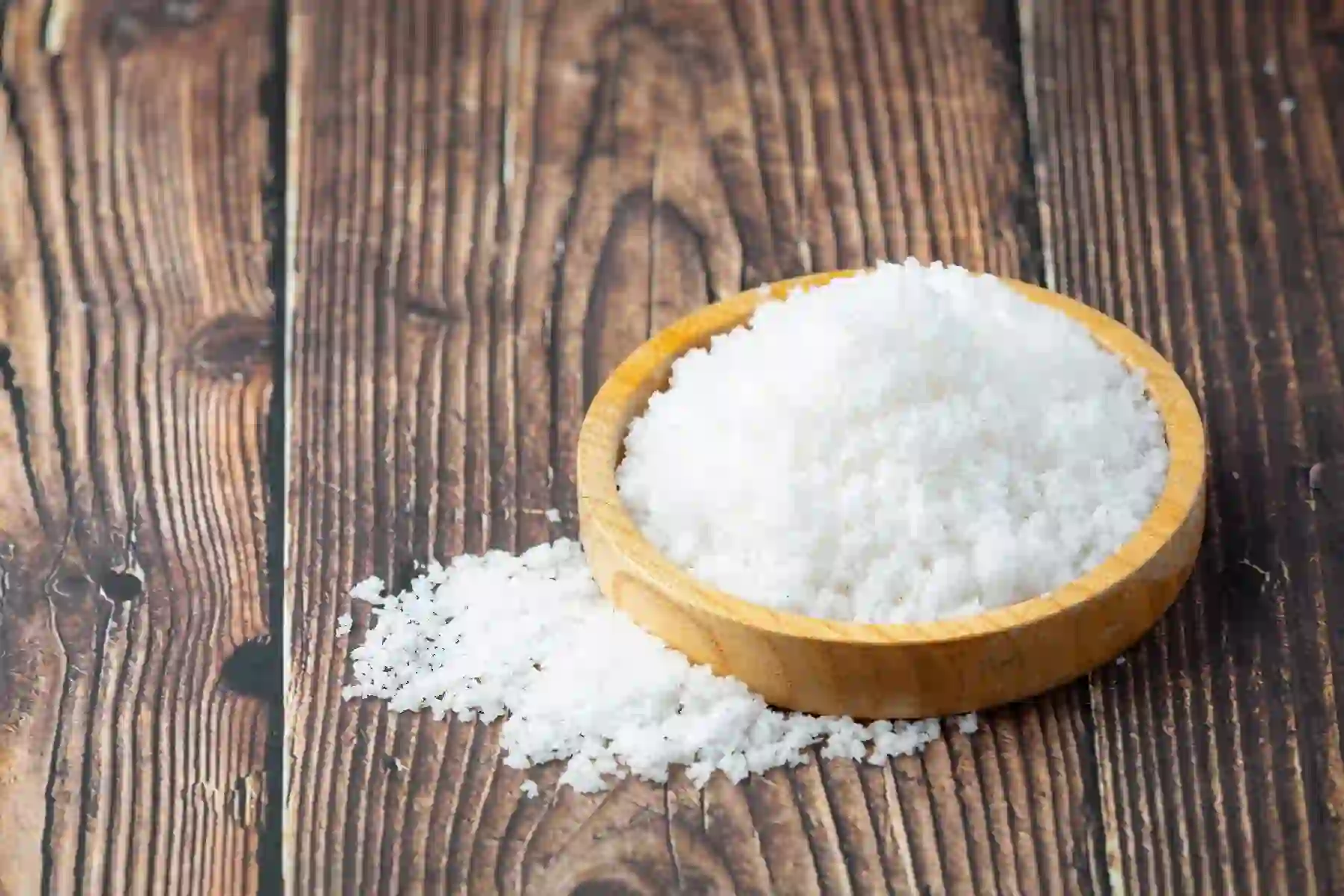Sorbitol Liquid - China
|
IUPAC Name |
: (2S,3R,4S,5S)-Hexane-1,2,3,4,5,6-hexol |
|
Cas Number |
: 50-70-4 |
|
HS Code |
: 2905.44.00 |
|
Formula |
: C6H14O6 |
Basic Info
|
Appearance Name |
: Clear Colorless Liquid |
|
Common Names |
: Glucitol |
|
Packaging |
: 275 kg plastic drums |



---india.webp)


 English
English
 Indonesian
Indonesian
 简体字
简体字
 العربية
العربية
 Español
Español
 Français
Français
 Português
Português
 日本語
日本語
 한국어
한국어
 Tiếng Việt
Tiếng Việt
